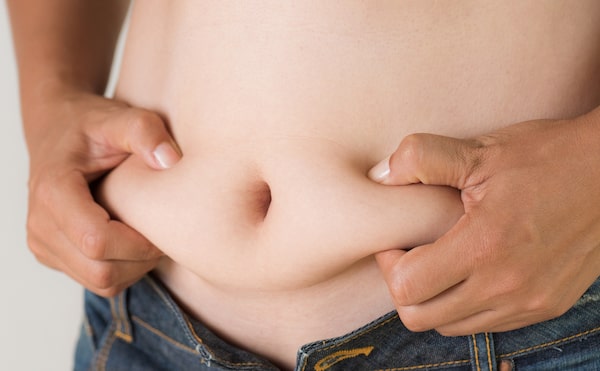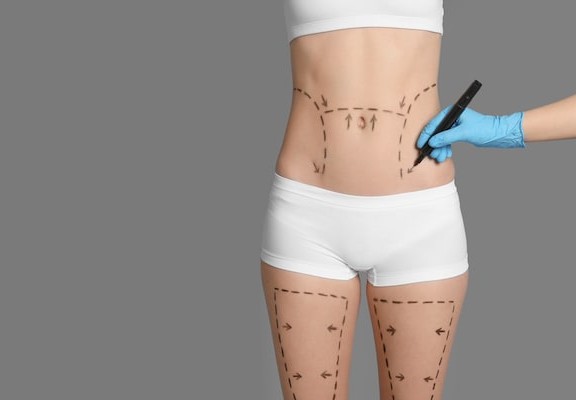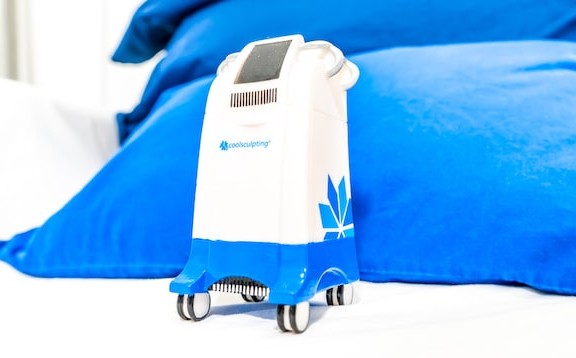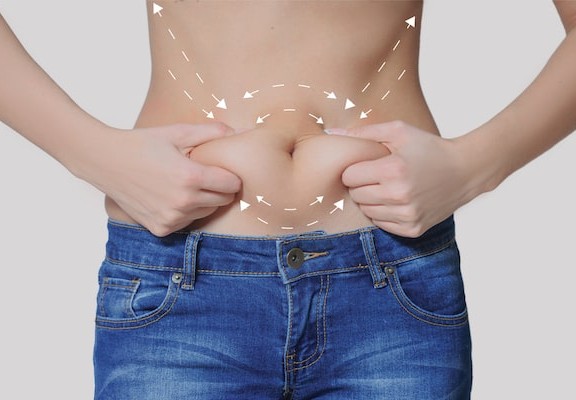When it comes to plastic surgery, one of the main issues plastic surgeons face each day is setting realistic expectations for their patients. The need to provide realistic expectations is understandable as some patients think plastic surgery will magically change their appearance and give an entirely new look to the targeted area of the body. Because some patients do not understand how their desired plastic surgery procedure, such as liposuction work, they have some misconceptions about what can actually be accomplished by the treatment. In general, liposuction is able to remove fat from the body that has proven itself to be resistant to proper diet and exercise. Here is a look at some of the most common myths and misconceptions when it comes to liposuction so patients that want to gain a better contour to the body will know what to expect from the procedure.
Common Liposuction Misconceptions Explained
 Liposuction Tightens the Skin – While liposuction can provide a greater amount of contour and shape to the body, it will not tighten the skin of a patient. The amount of loose or lax skin that existed before the procedure will remain the same after the surgery. The amount of sagging might even have a slightly increased appearance thanks to the effects of the fat removal process. It takes advance planning and consideration of the specific needs of the patient to prevent the skin from maintaining a saggy and loose look after liposuction.
Liposuction Tightens the Skin – While liposuction can provide a greater amount of contour and shape to the body, it will not tighten the skin of a patient. The amount of loose or lax skin that existed before the procedure will remain the same after the surgery. The amount of sagging might even have a slightly increased appearance thanks to the effects of the fat removal process. It takes advance planning and consideration of the specific needs of the patient to prevent the skin from maintaining a saggy and loose look after liposuction.
Liposuction is a Weight Loss Procedure – Patients that want to undergo liposuction should not approach the procedure as a cure for being overweight or as a way to lose weight. Liposuction can remove fat in targeted areas of the body but it cannot make a person lose weight. The act of losing weight depends on following a proper diet and a regular exercise plan. The areas of fat that are bring treated with liposuction are not dense which means the fat does not weigh that much. Because of that fact, liposuction is not an ideal treatment for patients looking for a weight loss method.
It should be noted that liposuction is a procedure that provides an improved shape and contour to the body. As mentioned above, it is not a weight loss procedure. Patients that have a body mass index (BMI) that classifies them as being overweight (BMI that is between 25 and 29) will not be able to lose weight having the procedure but they can gain a better contour to the body. If a patient has a body mass index that is 30 or higher (which classifies them as being obese), they should realize there is a limit to the amount of fat that can be removed during a single surgical procedure.
Liposuction can Eliminate Cellulite and Scars on the Body – Cellulite is the result of fat pushing against the skin or fibers pulling the skin downwards. Even though liposuction is able to help in the reduction of the amount of fat that pushes against the skin, it is not able to make changes to the fibers that cause dimpling by pulling on the skin. In other words, liposuction is not a procedure that can eliminate cellulite.
When it comes to stretch marks, these are scars that occur in the dermis (AKA the thickest layer of skin underneath the top layer of skin). Once stretch marks occur, they can start to fade but they are not able to fully disappear even if a patient has liposuction performed on an area of the body with stretch marks.
Liposuction Results cannot be Voided – Even the most ideal results of a liposuction procedure can be voided if a patient does not make the effort to adopt better habits including following a healthy diet and a regular exercise program. Without making regular changes in their eating and exercise habits, the results of liposuction for patients of any age can be voided. The fat cells that remain in the body, because they were not removed during the liposuction procedure, can expand due to weight gain and this can eliminate the changes made to the contour of the body after liposuction is performed.
Visceral Fat is Not Impacted – A liposuction surgery is performed below the skin and above the muscle. If some of the targeted fat is underneath the muscle, or it is located around the internal organs, liposuction will not be able to reduce this fat which is known as visceral fat. It is also known as intraabdominal fat because it is pushed out on the muscles that form what is known as the abdominal wall. Fat that is located in the interior of the stomach can only be reduced or eliminated through proper exercise and a healthy diet.
Patients that are interested in learning more about liposuction are encouraged to schedule a consultation appointment with a board-certified doctor who is experienced in performing liposuction and can determine if a person is an ideal patient for the procedure.




